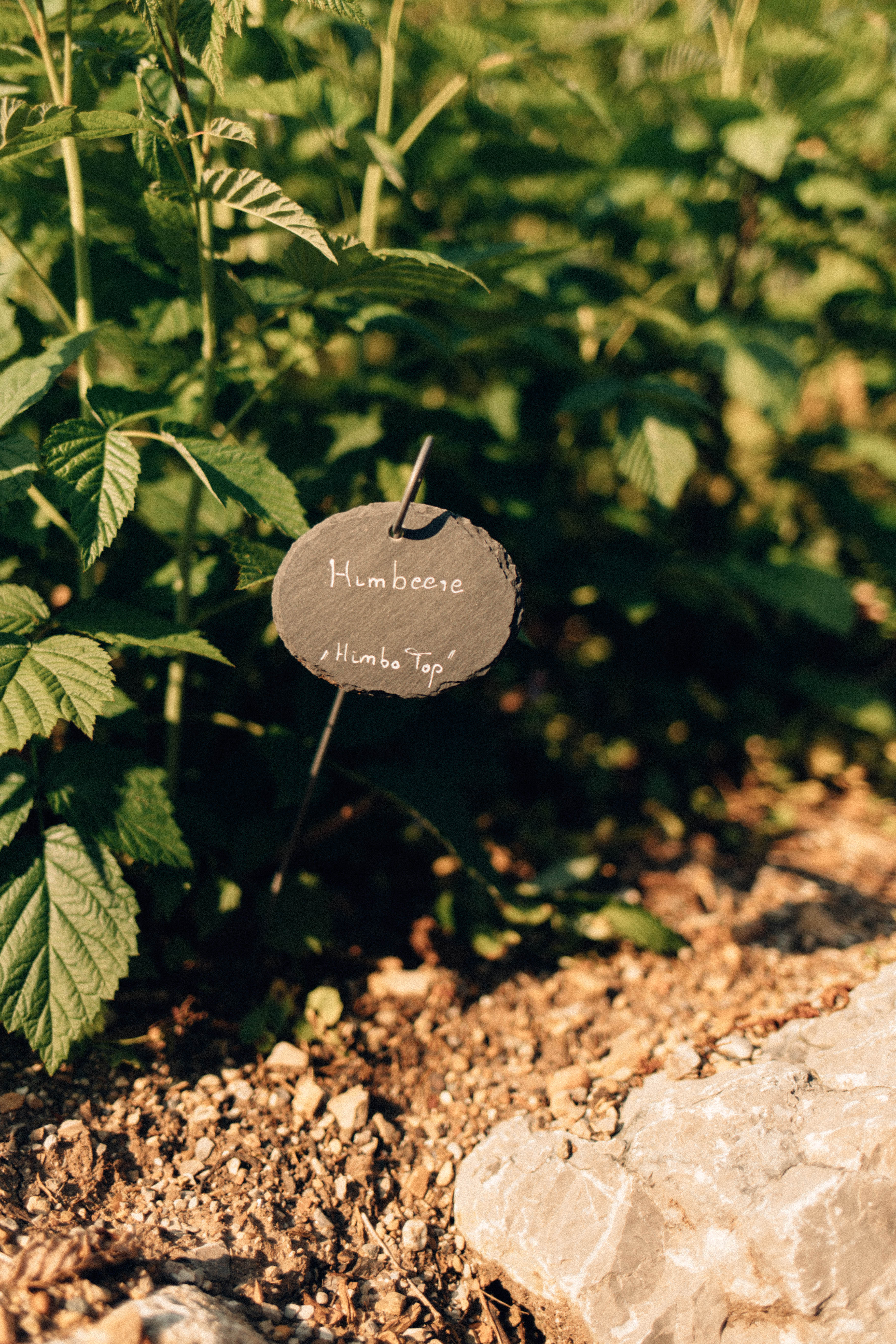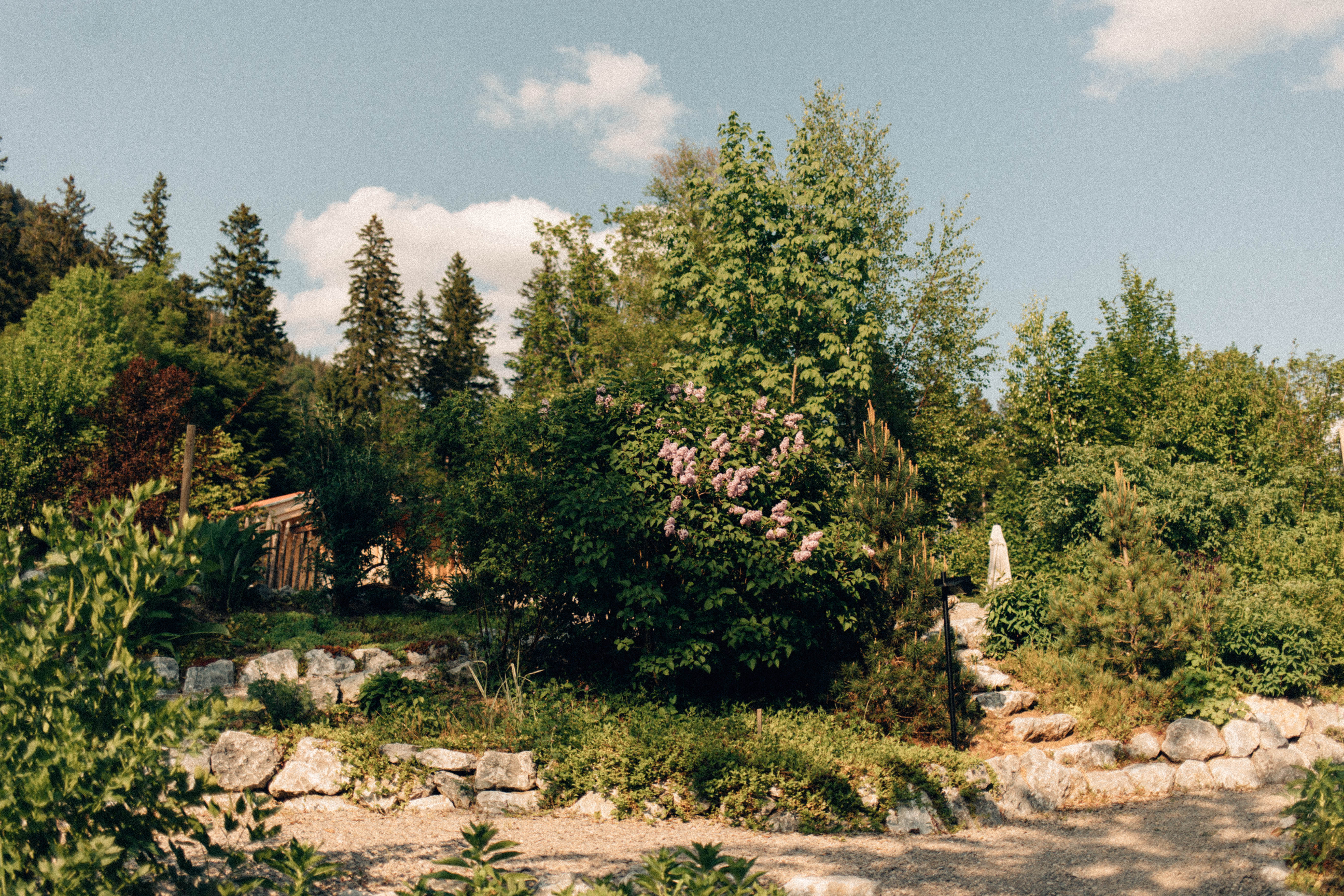Raspberry leaves: fertility and a calm mind

Raspberry Leaves Portrait
Rubus idaeus
"The stars are the models, cartridges, forms, and matrices of all herbs. Through attractive power, each star draws its own herb from the earth." - Paracelsus
Where do we find raspberry leaves?
While we enjoy the sweet fruits of the raspberry plant in summer, its leaves are less well known. The raspberry, also known as the blackberry, belongs to the rose family and is primarily found in the Northern Hemisphere. Related to apricots and blackberries, it prefers forest edges and clearings. This plant thrives best in deep, humus-rich soils with adequate moisture and light. However, it can be disturbed by other plants.
When can raspberry leaves be harvested?
Raspberry leaves can be harvested year-round, although young, light green leaves have a more intense aroma. They should be thoroughly cleaned before harvesting to remove dust, soil, and insect remains.
What other names are raspberry leaves known by?
The raspberry is also known as honeyberry or raspberry.
How do we recognize raspberry leaves?
The raspberry plant is an upright shrub with slightly overhanging tips and can reach a height of 1-2 meters. The leaves are ovate with a double serrated edge, dark green on the upper side and white-tomentose on the underside. The branches are brown with short, non-hooky spines. The fruits are red to orange and hemispherical, hanging, while the flowers are white and grow in multi-flowered clusters.
What special properties do raspberry leaves have?
Raspberry leaves contain vitamins and tannins that can have anti-inflammatory effects and contribute to overall health. In addition to their menstrual regulating properties, they can also promote fertility and have a calming effect on the mind.
Main components of raspberry leaves:
Tannins, ellagic acid, flavonoids, vitamin C.
Use of raspberry leaves for premenstrual syndrome (PMS):
Due to the tannins and phytohormones they contain, raspberry leaves can have a relaxing effect on the uterus and thus help with painful menstrual cramps. Phytohormones are natural estrogens and can therefore help regulate the cycle.
Suitable for which half of the cycle?
Raspberry leaves are particularly suitable for the first half of the female cycle, the inner spring and summer. During the follicular phase, estrogen levels rise, leading to increased egg maturation. Raspberry leaves balance hormones and support the development of the uterine lining, which in turn has a positive effect on fertility and ovulation.
The Cosmos and the Raspberry
The raspberry, a symbol of the inner spring and summer in a woman's cycle, reveals a connection to the cosmos through its mythological significance. Also known as the mother berry, the raspberry is subject to the feminine planetary force Venus, which is associated with the womb in the female body. In mythology, the Roman god Mars is associated with spring and regeneration, and his qualities include courage, strength, energy, and joie de vivre. The energetic effect of the raspberry is shaped by this Mars-Aries combination, making it a true source of energy for body, mind, and health. For those seeking more energy, the Mars power of the raspberry offers a rich source of vitality.







Comments